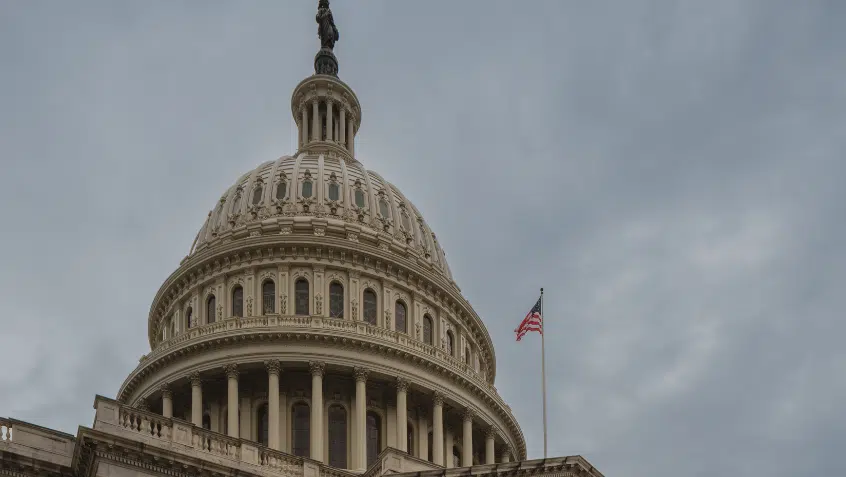New Report Explores Strengthening the Direct Care Workforce

Direct care workers are vital to ensuring older adults and people with disabilities can safely remain in their homes and communities. Such workers, as formally classified by the Department of Labor, include certified nursing assistants, home health aides, personal care aides, caregivers, and companions.
Medicaid funds many direct care workers, including those employed by home care agencies or as compensated family caregivers. Despite their essential role and the growing demand for home-based services as the population ages, they tend to have low wages and work in challenging conditions. This makes recruitment and retention difficult and contributes to a workforce shortage.
According to PHI, in 2022, 4.8 million direct care workers, predominantly women and people of color, provided help to 9.8 million people at home, 1.2 million in residential care facilities, and 1.2 million in nursing homes. That same year, the median hourly wage for direct care workers was $15.43, and in 2021 their median annual earnings were $23,688. As a result, 39% of direct care workers live in or near poverty, and 46% rely on public assistance programs to make ends meet. PHI also explains that between 2021 and 2031, the direct care workforce is projected to add more than 1 million new jobs, the largest growth of any job sector in the country. Nearly 9.3 million total direct care jobs will need to be filled, including new jobs and vacancies.
A new issue brief from The Commonwealth Fund examines how seven states are trying to strengthen their direct care workforces and outlines opportunities for federal and state policymakers to catalyze that progress. Key findings include:
Enhanced federal funds provided through Medicaid during the pandemic catalyzed state action.
The American Rescue Plan Act (ARPA), pandemic-era legislation, increased federal Medicaid payments to states for certain HCBS activities. Many states used this funding to stabilize their direct care workforces, with 48 states raising base payments and 41 offering incentive payments. Although wages for direct care workers grew as a result, they remain low overall. And as funding flexibilities end, maintaining even relatively modest gains will be difficult.
State recruitment and initiatives are underway but will take time to realize.
States are boosting direct care worker recruitment efforts, including through broader outreach and new marketing strategies. However, in addition to challenging workforce conditions, the lack of readily accessible information on job characteristics remains a barrier. To help correct this, some states are educating policymakers and the public on the necessity of direct care work, both to highlight the profession and improve the low wages, lack of benefits, and problematic environments many workers face. States said it will take time and resources to build the infrastructure needed for full transparency and meaningful change.
Investing in and professionalizing the direct care workforce is critical to addressing shortages.
Titles and training can vary widely across states, but there is movement towards standardization. States are adopting universal approaches, building on federal core competency requirements that aim to simplify employee onboarding and modernize training. But further investments are needed. States and advocates report that recruitment and training materials for people with disabilities or for whom English is a second language is an ongoing need, as is worker access to emotional support services and assistance for family members who function as direct care workers.
State and federal policymakers must work together to strengthen the direct care workforce.
The Commonwealth Fund notes that bolstering the direct care workforce will require sustained federal and state leadership, collaboration, and resources. And that “federal action can augment state efforts through additional resources, recognition of direct care jobs in federal workforce policy, standardized data collection, and a national evaluation of state workforce initiatives.”
At Medicare Rights, we agree with these recommendations. A strong direct care workforce is necessary to ensure both workers and individuals receiving care get their needs met. As pandemic-era federal funds expire, dedicated federal investments will be necessary to sustain and build on recent progress. Federal agency support of state recruitment and retention practices must also continue, as must efforts to enhance national data collection and to recognize the value of both direct care jobs and workers.
Read The Commonwealth Fund issue brief, Addressing the Shortage of Direct Care Workers: Insights from Seven States
The Latest
Most Read
 Congress Moves to Cut Medicaid
Congress Moves to Cut Medicaid  Threats to the Social Security Administration and to Benefits Continue to Raise Alarm
Threats to the Social Security Administration and to Benefits Continue to Raise Alarm House Adopts Senate Budget Plan, Laying the Groundwork for Significant Health Care Cuts
Trump Administration and DOGE Eliminate Staff Who Help Older Adults and People With Disabilities
Add Medicare to Your Inbox
Sign up to receive Medicare news, policy developments, and other useful updates from the Medicare Rights.
View this profile on InstagramMedicare Rights Center (@medicarerights) • Instagram photos and videos







